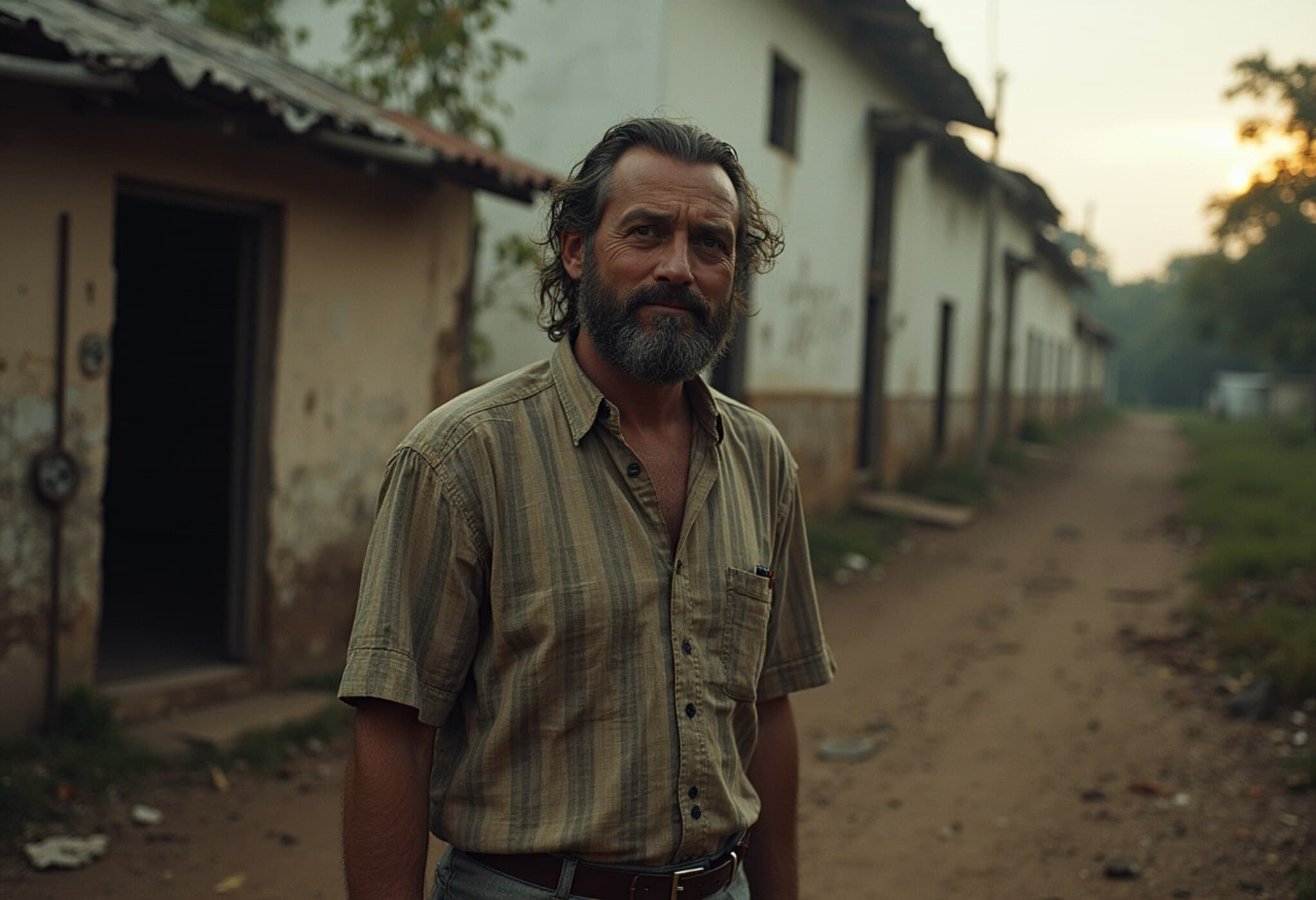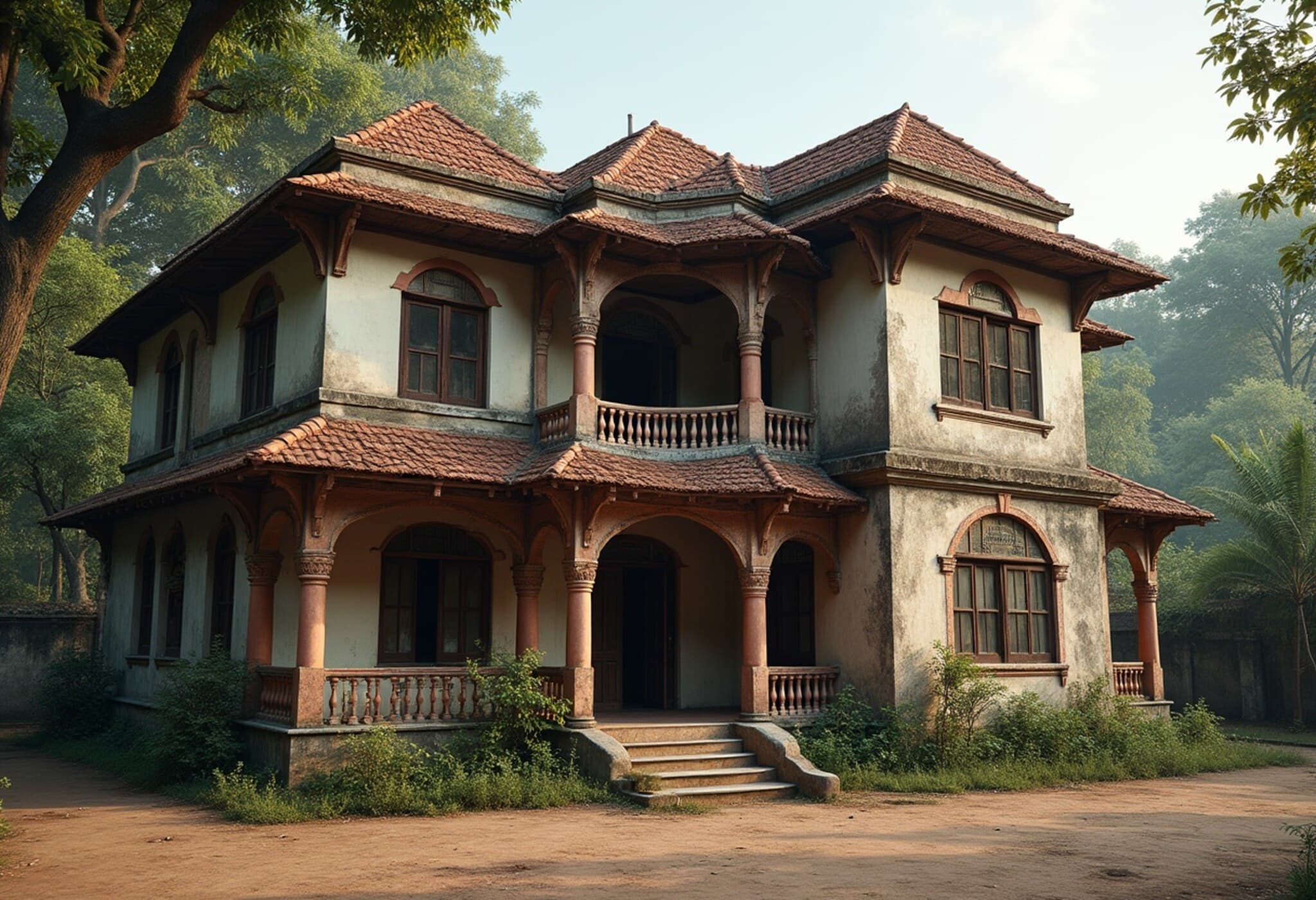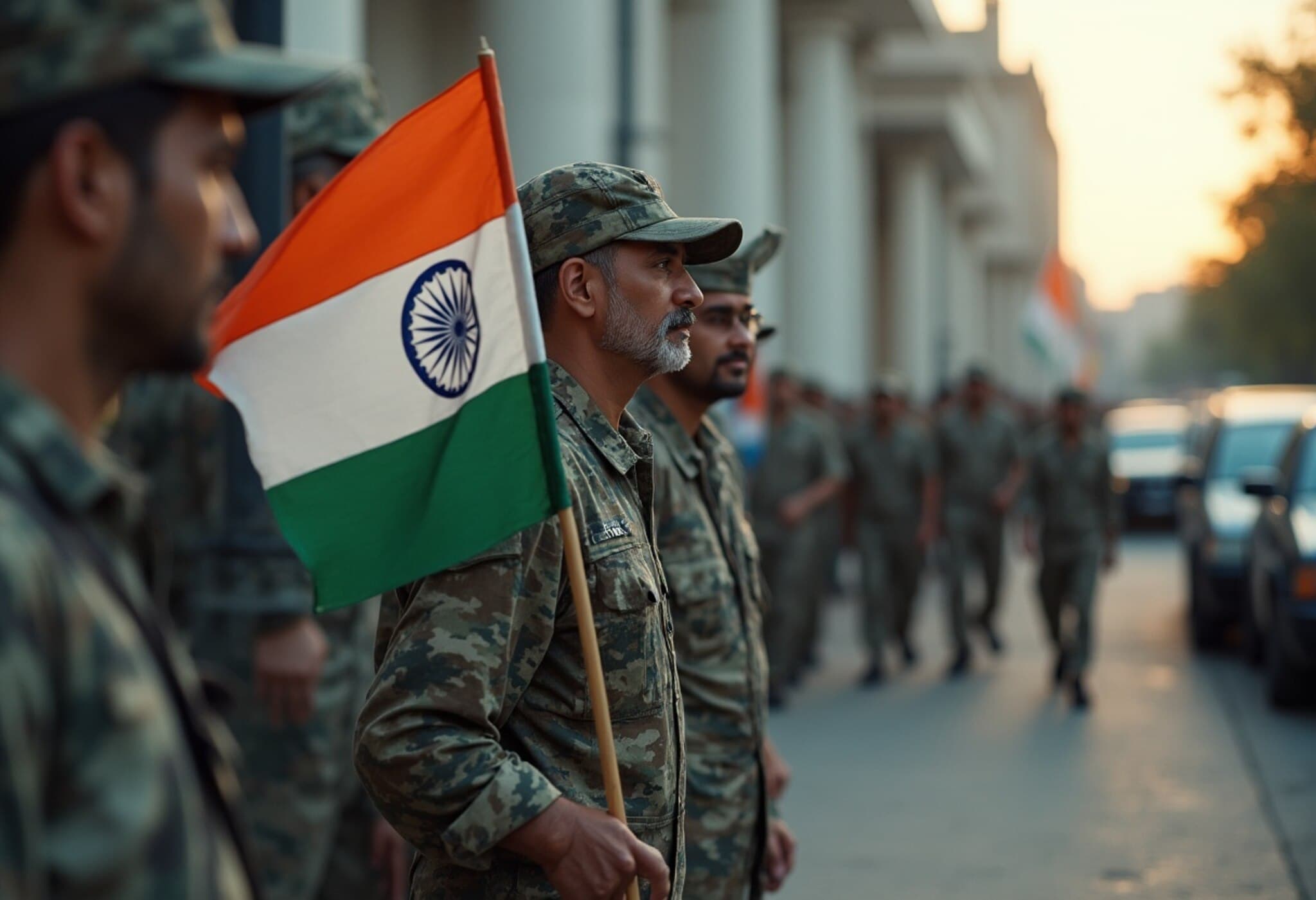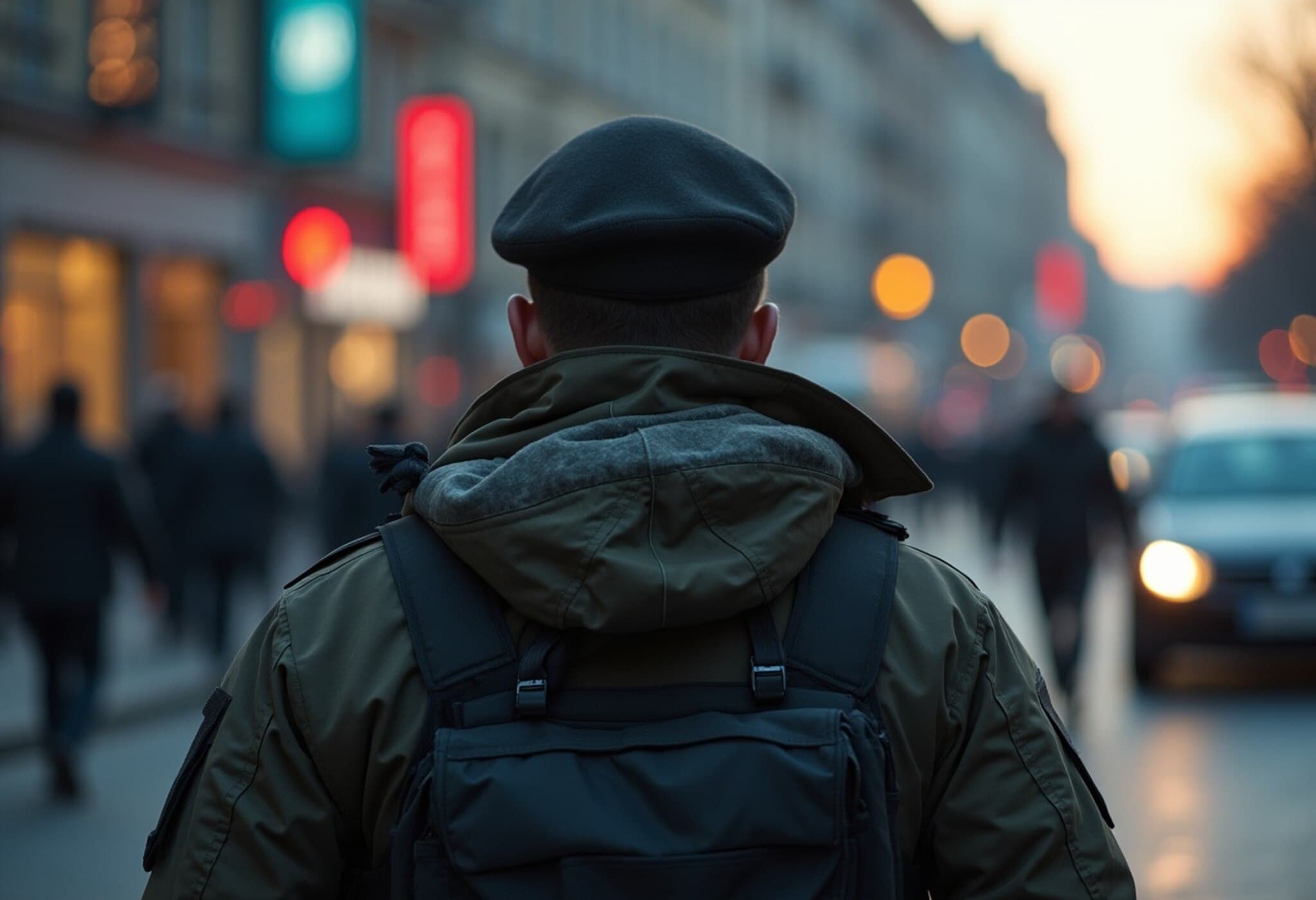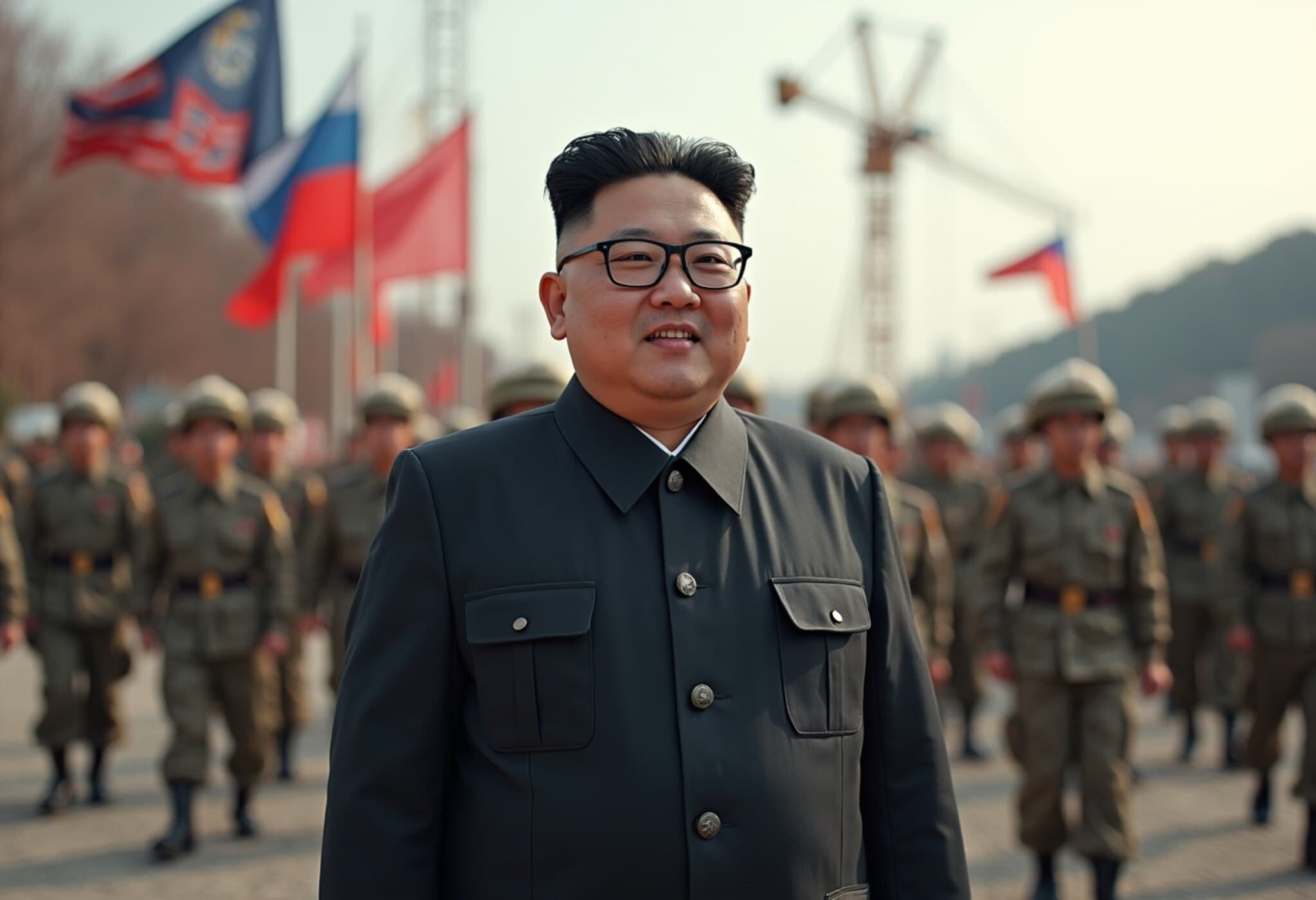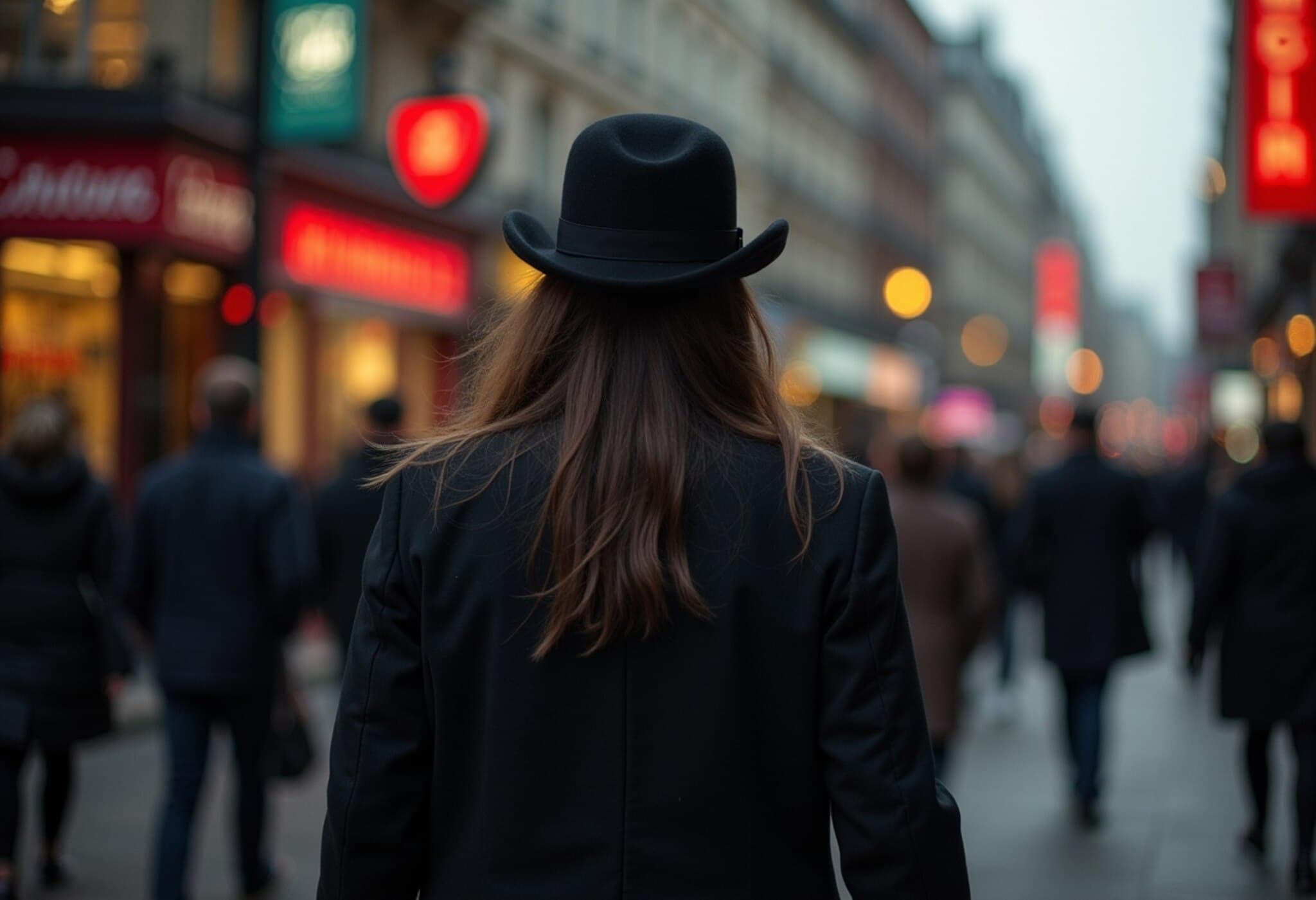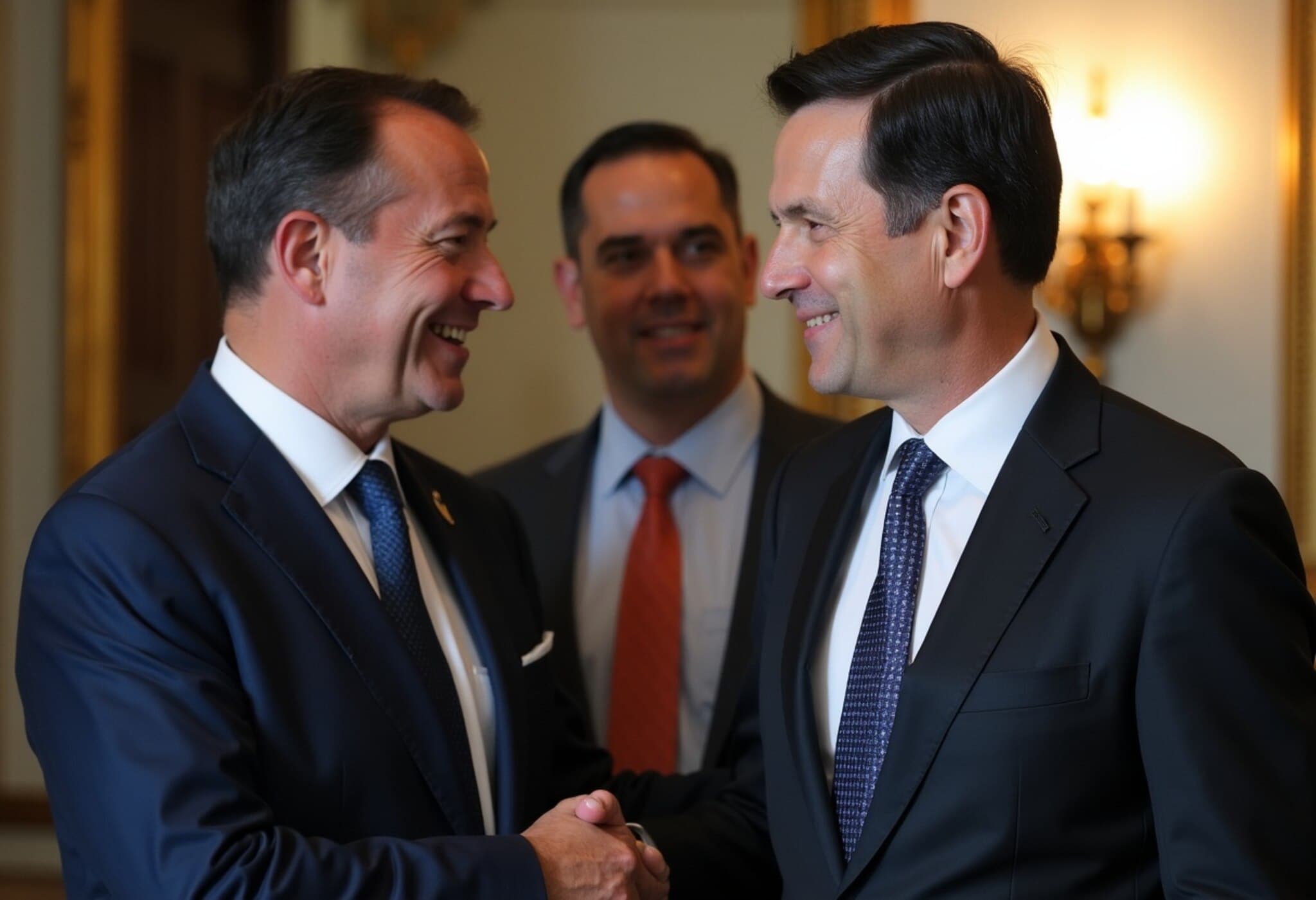Jonestown’s Dark Legacy: A Site Reopens to Tourists
Nearly five decades after one of the most harrowing tragedies in modern history—the 1978 Jonestown mass murder-suicide—the site in the dense Guyanese jungle where over 900 members of the Peoples Temple died has been reopened to visitors. What remains today is a sparse clearing, stripped of the wooden and zinc structures that once housed the community led by Jim Jones. Yet this somber place has sparked renewed debate: should such a painful chapter be turned into a tourist attraction?
Confronting History: The Birth of the Jonestown Memorial Tour
Despite criticism from survivors and many Guyanese residents, the Jonestown Memorial Tour launched recently under the stewardship of Wanderlust Adventures GY, a local company aiming to educate rather than sensationalize. The $750 tour package includes a flight from Georgetown, an arduous journey through rough terrain, and a night in Port Kaituma, a mining town near the former camp.
Founder Roselyn Sewcharran, a Guyanese sociologist, insists the tour's purpose is to shed light on the dangers of unchecked leadership and manipulation, themes still relevant worldwide. “This wasn’t about exploiting tragedy,” Sewcharran explains, “but about learning from history to prevent similar horrors.” She and guide Chris Persaud have dedicated years to researching the event, speaking with locals whose families were affected, and curating narratives that provoke reflection.
Survivors and Locals Challenge the Ethics of ‘Dark Tourism’
Some voices are strongly opposed. John Cobb, one survivor who lost 11 relatives in the massacre, describes the tours as a “money grab” that commodifies unfathomable suffering. Many Guyanese are also wary; Jonestown remains a thorny aspect of their national image, often conflated abroad with other places or misrepresenting their culture.
Kit Nascimento, a former government spokesman at the time of the tragedy, reinforces this sentiment: “There’s little reason for us to bear the responsibility of educating the world about cults when this event was essentially an American tragedy that happened on our soil.” Local attitudes range from indifference to discomfort, with some residents avoiding the area entirely.
Remembering Jonestown: The Story Behind the Atrocity
Jonestown was envisioned by Jim Jones as a utopian retreat from racial discrimination and societal woes, attracting followers by offering promises of equality and community. However, under Jones’s increasingly paranoid and coercive control, about 1,000 people relinquished their possessions, passports, and autonomy to live in isolation.
When California Congressman Leo Ryan arrived in November 1978 to investigate allegations of abuse, his visit triggered a violent response at the nearby Port Kaituma airstrip, where Ryan, three journalists, and a defecting member were killed. The following day, Jones commanded a mass suicide by cyanide poisoning, marking one of history’s deadliest cult-related tragedies.
Why Revisiting Jonestown Matters Today
For many, the lessons resonate beyond the massacre itself. American traveler Sean Traverse, who joined the inaugural tour, reflects on his own background in New Age communities and the fragile boundary between hope and manipulation. He warns that the spiritual void many experience today continues to make people vulnerable to abusive groups.
“Jonestown is not just history,” Traverse remarks. “It’s a warning that could not be timelier.”
The Road Ahead: Memorializing Without Exploiting
Sewcharran and Persaud hope to enhance the site with signage and a museum to deepen understanding, balancing memorialization with respect. While recognizing the niche appeal, they argue that forgetting the past risks repeating it—especially as cult dynamics and authoritarian tendencies persist in various forms globally.
For Guyana, a country experiencing rapid change fueled by new oil wealth and international attention, Jonestown’s legacy is complex. It remains a part of the nation’s identity—unwanted yet undeniable. The conversation around the site’s reopening underscores larger questions about collective memory, trauma tourism, and the ethics of revisiting dark history.
A Site Shrouded in Nature and Memory
Today, dense jungle reclaims the space where thousands once lived. Visitors leave with heavy hearts and difficult questions:
- How do societies honor the dead without commercializing their pain?
- What responsibilities do current generations hold in interpreting and learning from such tragedies?
- Could similar patterns emerge again in our polarized, uncertain world?
Editor’s Note
The Jonestown tour evokes a powerful mix of emotions—grief, curiosity, caution, and reflection. It challenges us to navigate the fine line between education and exploitation carefully. As we grapple with the legacy of cult dynamics, manipulation, and ideological extremism, remembering Jonestown offers critical insights into vulnerability, trust, and the resilience of the human spirit. This reopening invites readers and travelers alike to consider how history’s darkest moments can inform a safer, more empathetic future.

